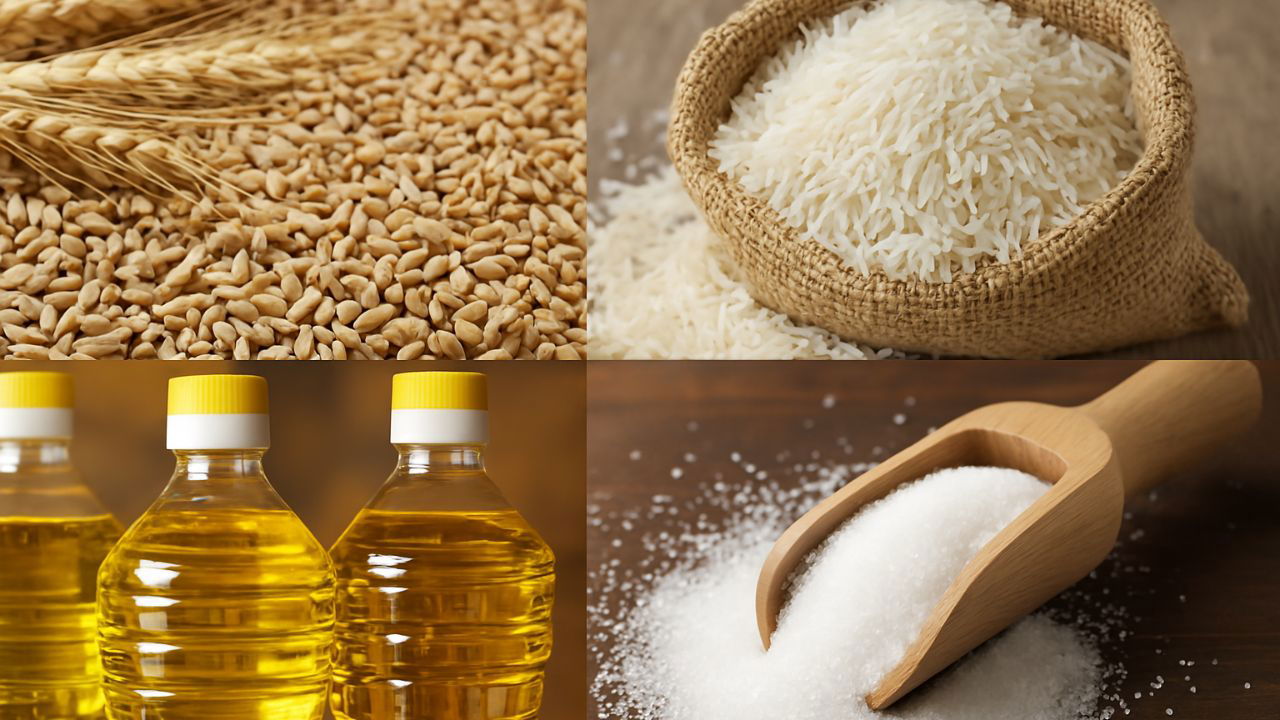
Global food prices remained stable in March, according to the latest report from the Food and Agriculture Organization (FAO) of the United Nations. The FAO Food Price Index, which monitors changes in international prices for commonly traded food commodities, remained at 127.1 points.
This figure is nearly 7 percent higher than the same time last year but still over 20 percent below its peak in 2022. A decrease in cereal and sugar prices helped offset a significant increase in vegetable oil prices.
Cereal prices fell by 2.6 percent compared to February, with wheat prices easing as crop concerns in major Northern Hemisphere countries lessened. Maize and sorghum prices also declined, while rice prices dropped by 1.7 percent due to weak import demand and abundant supplies. On the other hand, vegetable oil prices rose 3.7 percent, fueled by strong global demand for palm, soy, rapeseed, and sunflower oils.
The meat market experienced a slight increase of 0.9 percent, primarily due to higher pig meat prices in Europe, which benefited from Germany regaining its disease-free status and a stronger euro. Poultry prices remained stable despite ongoing challenges related to avian flu.
Dairy prices remained flat as lower cheese prices were balanced by higher butter and milk powder prices. Meanwhile, sugar prices dipped 1.6 percent, weighed down by signs of softer global demand and improved weather in Brazil, even as output concerns persist in India and parts of Brazil.
Alongside price updates, FAO released its revised forecast for global cereal supply and demand. Global cereal production for 2024 is now estimated at 2,849 million tonnes, a slight drop from last year but higher than earlier predictions due to better-than-expected wheat harvests in Australia and Kazakhstan. Rice production for 2024/25 is forecasted to rise by 1.6 percent, primarily due to expanded planting areas.
Global wheat output in 2025 is expected to remain steady at 795 million tonnes, matching revised 2024 figures. Production is likely to rebound in the European Union, Argentina, Egypt, and India, while declines are anticipated in Australia, the US, and parts of Asia. Maize output is forecasted to rise in Brazil and South Africa but fall in Argentina.
Cereal use globally is projected to hit a new high at 2,868 million tonnes in 2024/25, led by record rice consumption. However, world cereal stocks are expected to shrink by 1.5 percent to 873.3 million tonnes due to a drop in coarse grain inventories, although wheat and rice reserves are set to grow. The global cereal stocks-to-use ratio is predicted at 30.1 percent, slightly lower than last year but still indicating sufficient supply.
Cereal trade, however, is forecast to fall to 478.9 million tonnes, down 6.7 percent from 2023/24 and the lowest since 2019/20. This drop is mainly attributed to reduced demand from China for wheat and coarse grains, highlighting shifting patterns in global food trade.
















